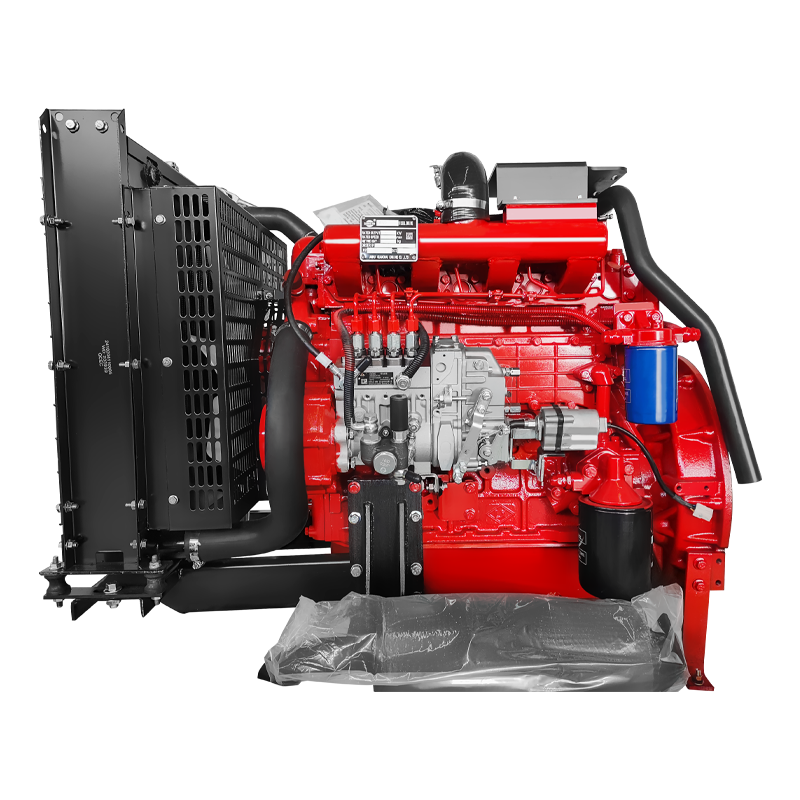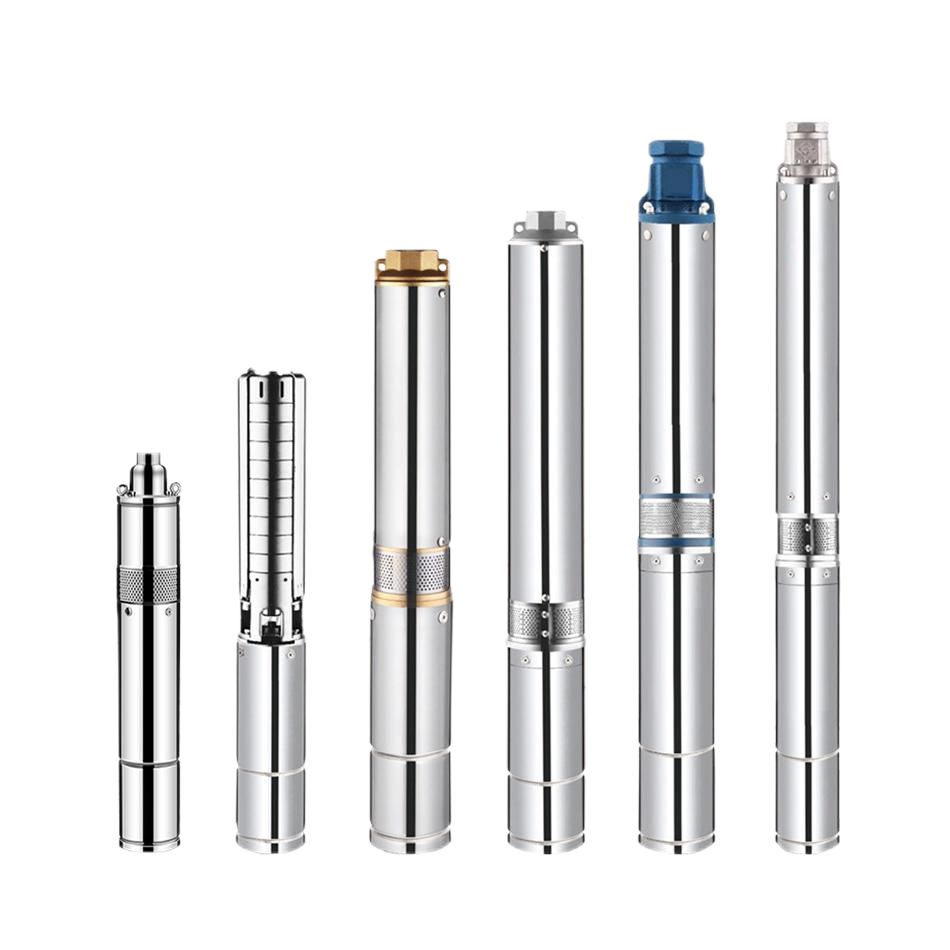
Submersible borehole pumps are the backbone of many water supply systems, providing a reliable and efficient means of drawing water from underground sources. However, like any other mechanical equipment, these pumps require regular maintenance to ensure optimal performance and longevity.
Here are some tips on how to maintain submersible borehole pumps:
1.Pre-Maintenance Checks:
Begin your maintenance journey with a thorough assessment of the pump's current state.
a. Visual Inspection:
- Check the pump casing and cables for signs of wear, corrosion, or damage.
- Ensure the cable connections are secure and free from water ingress.
b. Performance Log Review:
- Refer to your pump's performance logs, noting any deviations from the norm.
- Identify and address recurring issues proactively.
2.Lubrication and Seal Inspection:
Proper lubrication and sealing are the foundation of smooth pump operation.
a. Bearing Lubrication:
- Follow the manufacturer's guidelines for bearing lubrication.
- Regularly inspect and replenish lubricants to minimize friction.
b. Seal Integrity Check:
- Examine pump seals for wear, leakage, or damage.
- Replace seals promptly to prevent water intrusion and maintain pump efficiency.

3. Regular inspections
Inspect the pump periodically to identify any signs of wear and tear. Ensure that the pump's power cable, control box, and motor are in excellent condition. Check the pump for any signs of leakage or damage to the casing.
4. Monitor performance
Monitor the pump's performance and flow rate to ensure it's within the recommended range. The flow rate should be consistent over time, as it indicates the pump is operating correctly. Any deviation from the expected flow may indicate a problem with the pump.
5. Avoiding sediment buildup
Avoid running the pump dry or pumping sediment – this can cause damage to the impeller and other parts of the pump. Use a well screen or other device to prevent debris from entering the pump and causing damage to the impeller.
6. Keep the pump clean
Remove any dirt or debris from the pump's casing and impeller. Clean the pump regularly to prevent the buildup of sediments, algae, and other contaminants. Use a high-pressure hose to remove any stubborn debris.
7. Replace worn parts
Replace any worn or damaged parts as soon as possible. Consider purchasing spare parts to have on hand to keep the pump running smoothly. Inspect O-rings, seals, and bearings that can wear out with regular use.
8. Professional servicing
Schedule regular professional servicing of the pump to ensure its continued optimal performance. A professional can identify potential problems, make adjustments, and replace worn parts.
In conclusion, the maintenance of submersible borehole pumps is an essential aspect of ensuring their longevity and optimal performance. Regular inspections, monitoring of performance, avoiding sediment buildup, cleaning, replacing worn parts, and professional servicing are critical steps in maintaining these pumps. By following these guidelines, you can keep your pump operating smoothly for years to come.
 English
English عربى
عربى
 Fire Pump and System
Fire Pump and System Split Case Pump
Split Case Pump Engine and Pump
Engine and Pump Long Shaft Pump
Long Shaft Pump Multistage pump
Multistage pump Water Supplier System
Water Supplier System Sewage Pump
Sewage Pump Industrial Pump
Industrial Pump Self-Priming Pump
Self-Priming Pump Inline Pump
Inline Pump Domestic Pump
Domestic Pump Electric Motor
Electric Motor Borehole Pump
Borehole Pump







